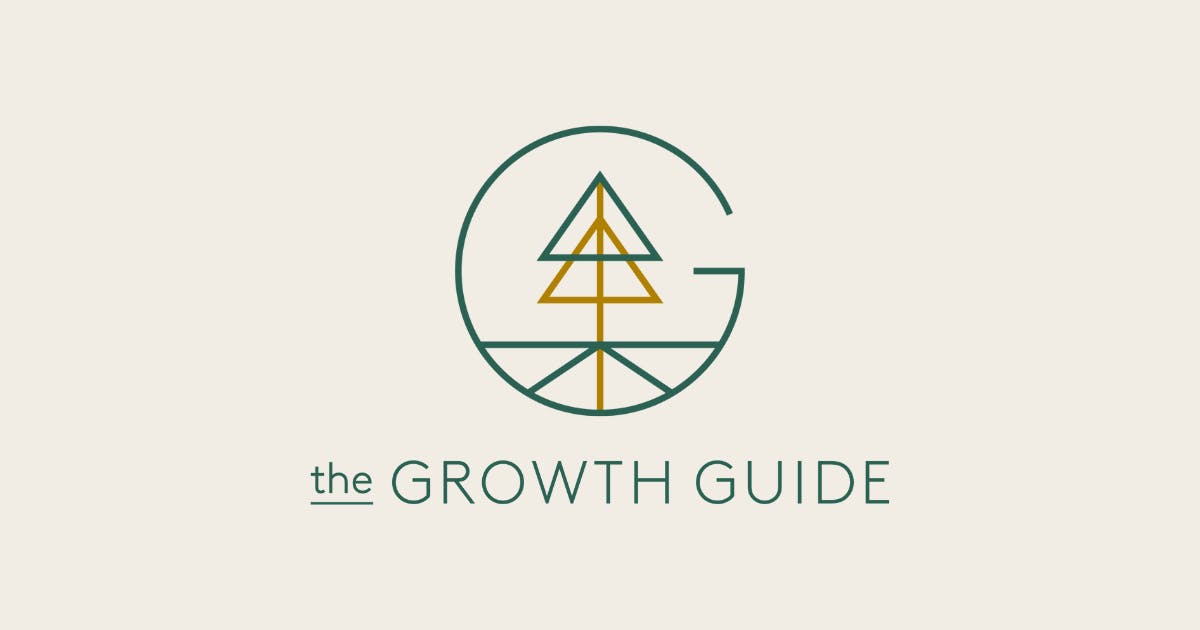Your cart is currently empty!
Visualize

|
Curiosity ChronicleOne of the things I love about Sahil Bloom’s Curiosity Chronicle is how he wraps up the year and starts the New Year. This year, he shared 33 Life Learnings from 33 Years and it was a beauty. If you haven’t met Sahil yet, he’s an investor, entrepreneur, and writer. Every week, he creates content that reaches millions of people across Twitter, his newsletter, LinkedIn, Instagram and more. If you want to live a high-performing, healthy, wealthy life, you need to check out the Curiosity Chronicle. 1%BetterAt the bottom of our newsletter, you’ll see an example of how Charles did less, better. It’s a perfect example of the 1% better club and I love reading your messages. Drop me a line on how you’re getting 1% better. VisualizeI’ve always believed in visualization. Since my boys were young, I’ve used visualization with them in their lives. As a coach, I use visualization with the kids. In fact, let me share an example. Last year, we made it into the hockey playoffs at the U13 level (11 and 12-year-old kids). In the round-robin, we played each team twice and the top two teams would play in the Final Game. This meant each team you played, you’d have already had a couple of games against. We were blessed enough to make the final game and I thought it would be tight, here’s why: In the first game, we were up 4-1 and ended up tied 4-4. In the second game, we got up in the game 4-1 again and squeaked through with a 4-3 win. Pre-Game VisualizationI wanted to change the approach to the final. Before the game, I had the boys form a circle in the dressing room and put a hand on each other. I then asked them to close their eyes and visualize what I was going to share with them. We walked through all the key things we’d been coaching during the year. But, that’s not where it ends. I walked through each player asking them to visualize what I saw in them and wanted from them in the final game… I gave them time. It was the best version of them. I painted a picture of their best games. The picture was them in their best moments. It Worked Each boy played their best game Each boy did exactly what we asked them to do We won that hockey game 10 – 0 Everything went right From the drop of the puck to the closing whistle Every single second the boys showed up the way we wanted Can it Work AgainThis came up for me because we had a hockey tournament this weekend. In our third game, it was a must-win to make it into the playoffs. So, I repeated the visualization exercise. It was insane. It was the same outcome, 4 – 1. Each boy played the way we described. The specific pattern we visualized for each boy was what we got out of them and we made it through to the quarter-finals, winning again, before being knocked out in the semi-final. The Science Supports ItWhen we talk about visualization, we’ll often talk about stress reduction, motivation and goal achievement. But, here’s a wacky one for you. Scientists studied the power of mind exercises. They had people think deeply about working out, picturing themselves getting stronger…Seriously, must be easier than lifting weights, right, but…could it do anything? This process is called internal imagery. It’s like playing a workout video in your mind. The study had three groups and one group practiced this mind workout, imagining exercise sessions for 15 minutes, five times a week, over six weeks. They weren’t just daydreaming. Their muscle strength went up by 10.8%. It showed even thinking about exercise can make you stronger. How to Practice VisualizationHere are some examples of areas you can use visualization and how you can use it for each area. Goal AchievementExercise: Visualize achieving a major goal Steps:
Practice daily for 5-10 minutes Stress ReductionExercise: Create a tranquil place in your mind Steps:
Stay in peace for 10-15 minutes Skill ImprovementExercise: Master a new skill through visualization Steps:
Practice visualization for 10 minutes daily Confidence BuildingExercise: Boost self-confidence before big events Steps:
Visualize for 5-10 minutes Personally, I use visualization on a regular basis and this last one is one of the ones I often use. In advance of a big meeting, a podcast, or a speech, I play it out in my head, even so far as to have staged conversations with podcast guests in my mind before I even meet them.
TGG PodcastThis week on the Growth Guide Podcast, we talked to Yael Schonbrun about her book, Work, Parent, Thrive: 12 Science-Backed Strategies to Ditch Guilt, Manage Overwhelm, and Grow Connection (When Everything Feels Like Too Much). Being a parent is hard, but it doesn’t have to be. In this conversation, we talk about science-backed strategies to Work, Parent and Thrive and solutions to parenting anxiety:
Yael offers practical strategies for managing emotions, clarifying values, and making choices that align with our true priorities.
The 1% ClubCharles shared a wonderful story of Doing Less, Better. He’s a self-employed strategy and operations consultant for fintech companies, and in December he told one of his not-so-great clients he didn’t plan to continue with them when his contract expired at the end of the year. Bottom Line: He didn’t like the work they were assigning him nor the rate he was making. They asked him to write his ideal scope of work where he could add the most value. End Result: Charles is doing work that energizes him, spending half the time doing it and he’s making the same amount of money. I love reading your 1% stories. Drop me a line and share how you’re getting 1% better.
|
|
Update your email preferences or unsubscribe here |